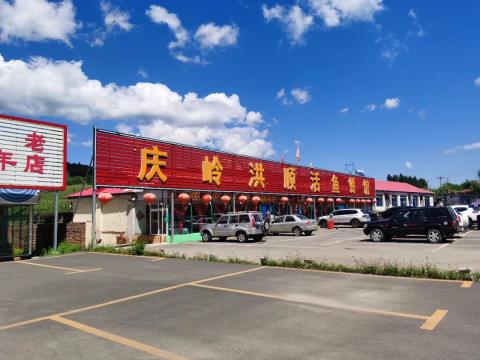
After coming down from Liuding Mountain, we continued heading towards Changchun. When we were about to reach Jiaohe River, we got off the expressway and walked for more than an hour on the provincial highway over mountains and ridges. The navigation software told me very firmly that there was a section of road ahead that was under construction and told me to take a detour. OK, but the car in front continued to move forward regardless. It turned out to be a false alarm from the software, which made me still confused about how much trust I should give to the navigation software.
There is a very famous place in this place, Qingling Live Fish Street. The first time I passed here was in 1988. There was no expressway at that time. I must have passed through this section of the provincial road. The second time I passed through it, I passed through the expressway. However, I discovered that the live fish restaurant had moved to most of the Jiaohe service area. This time, I took the provincial road specifically for the third time and returned to the traditional place. There is a special sign on the highway that says "Qingling Live Fish Street". There are restaurants on the roadside in the middle. We parked at the first relatively large-scale place we saw.
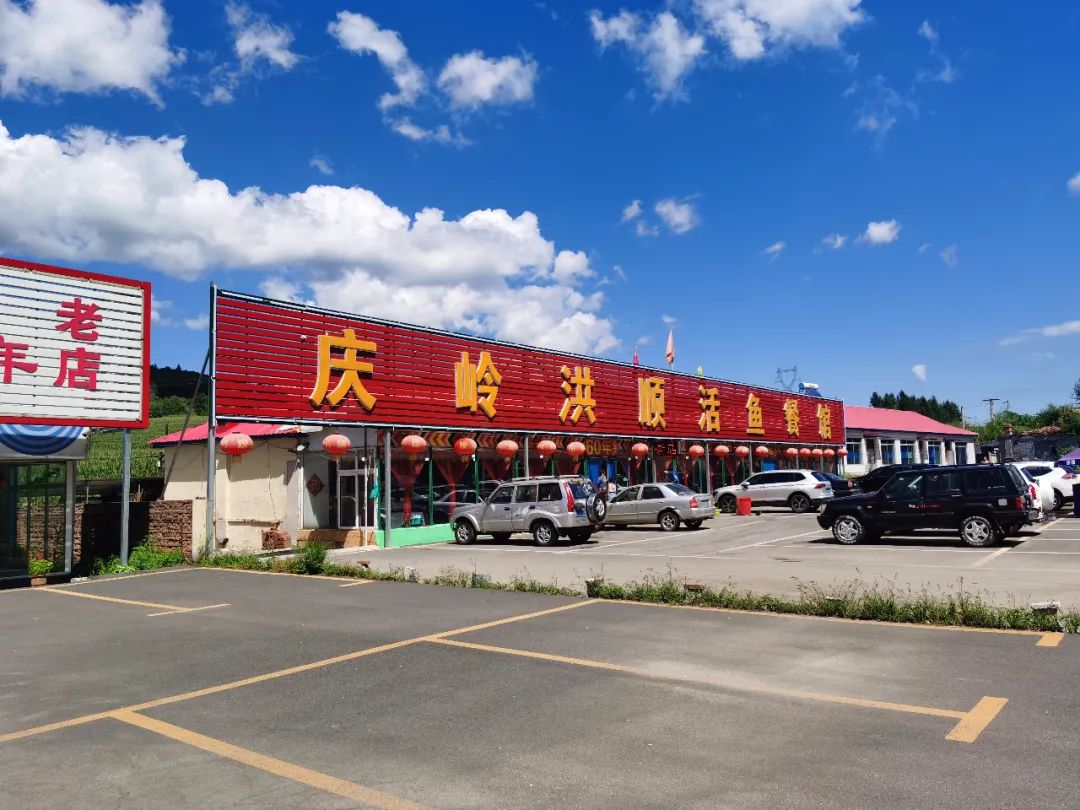
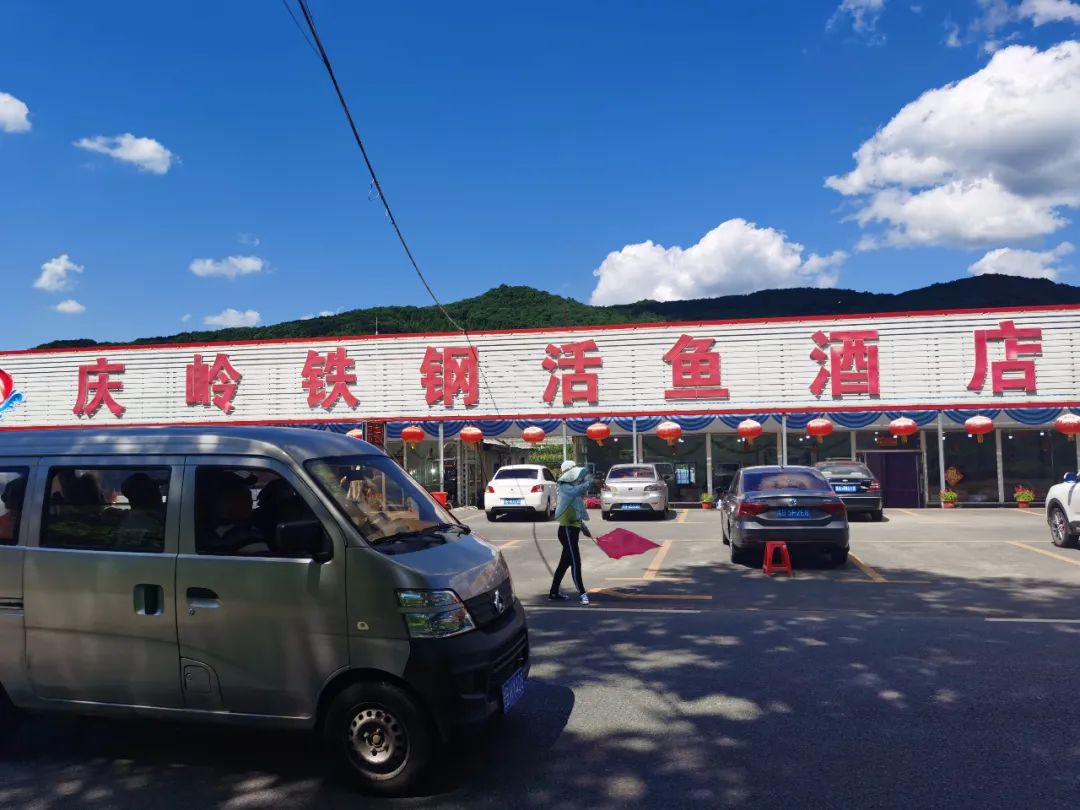
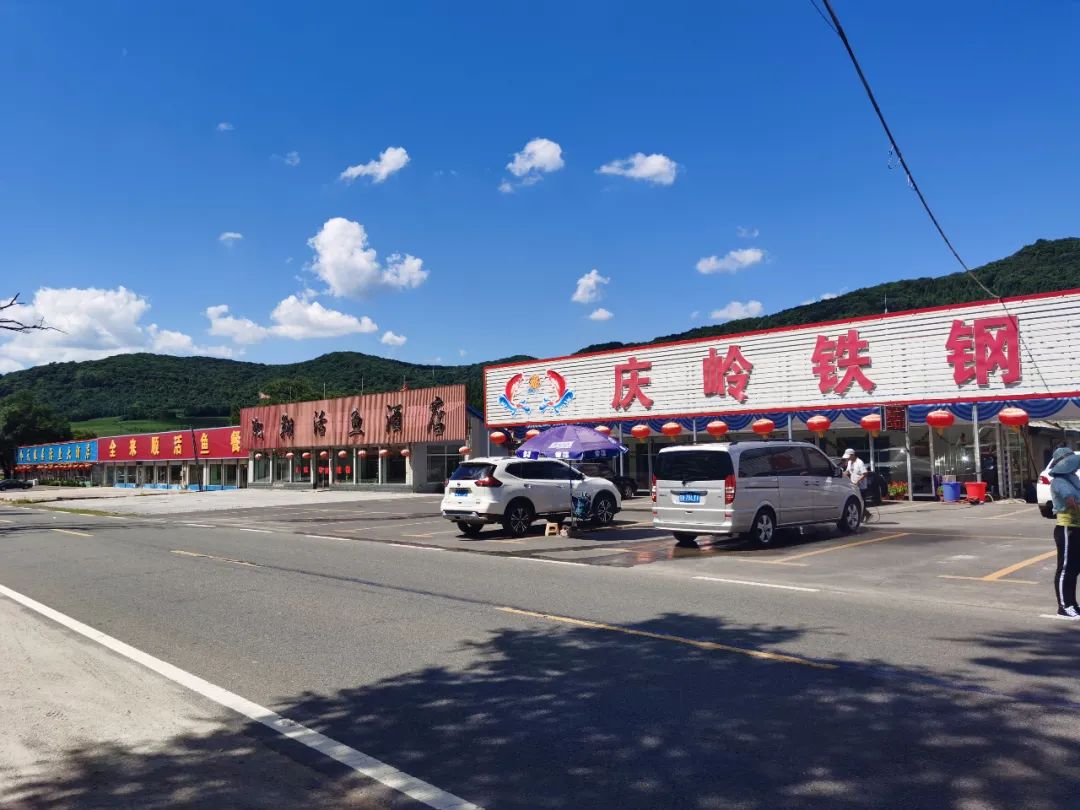
We chose this one. Various waiters here are soliciting customers on the street, and the extra income from the meal is a free car wash at the hotel. We just happened to come out of the deep mountains and old forests, and the car was covered with mud. We killed two birds with one stone.
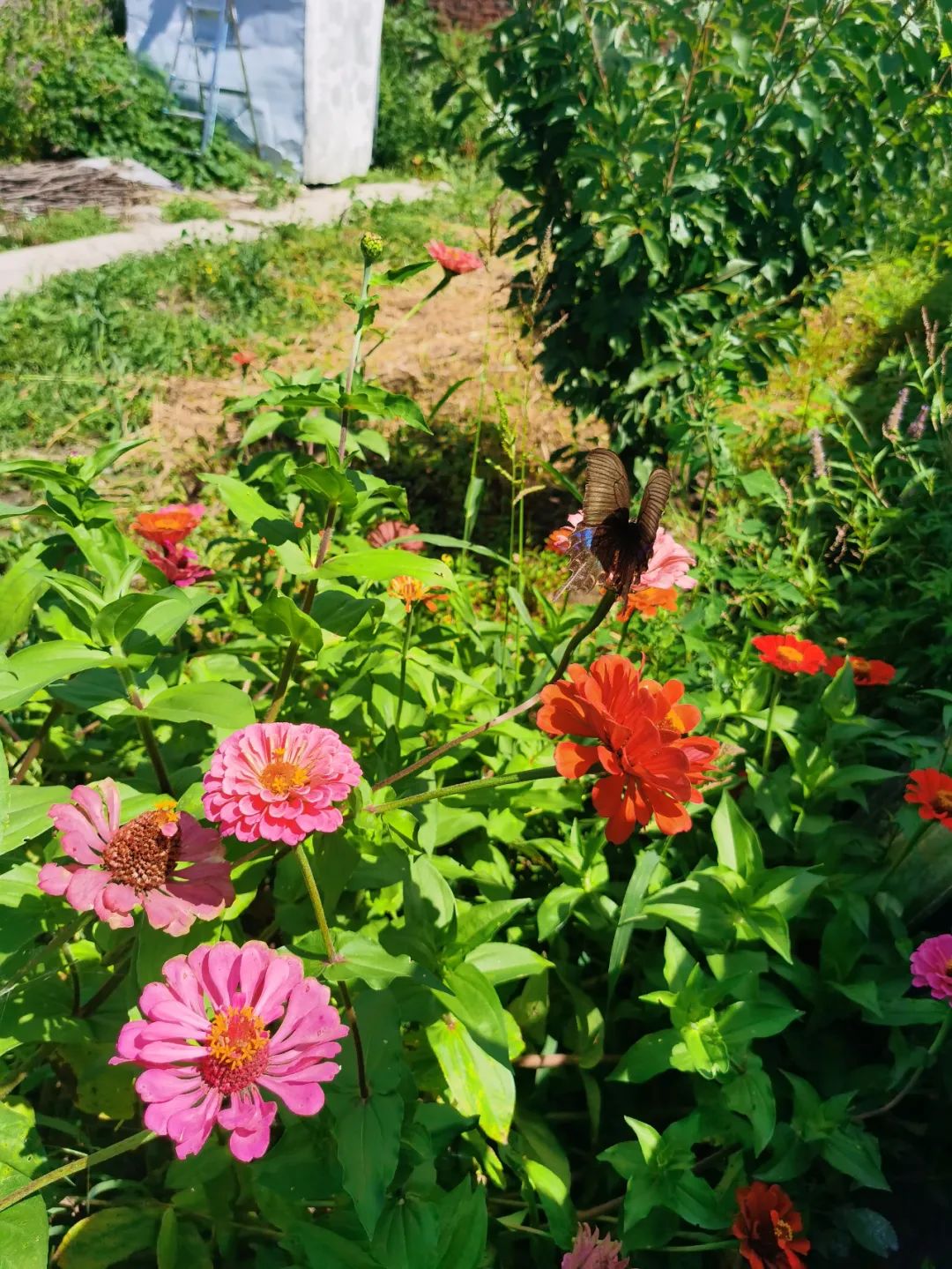
When we entered the backyard of the hotel to see live fish and chickens, we found that the ecological environment was good. These large butterflies were similar to those we saw in the forest farm. The method here is to stew in a large pot, a classic method from Northeast China. The special thing about Qingling is the addition of a plant called " Artemisia ". The main fish is the fat-headed fish, whose scientific name is silver carp, a very large fish found in the reservoir here. The water system is developed nearby.
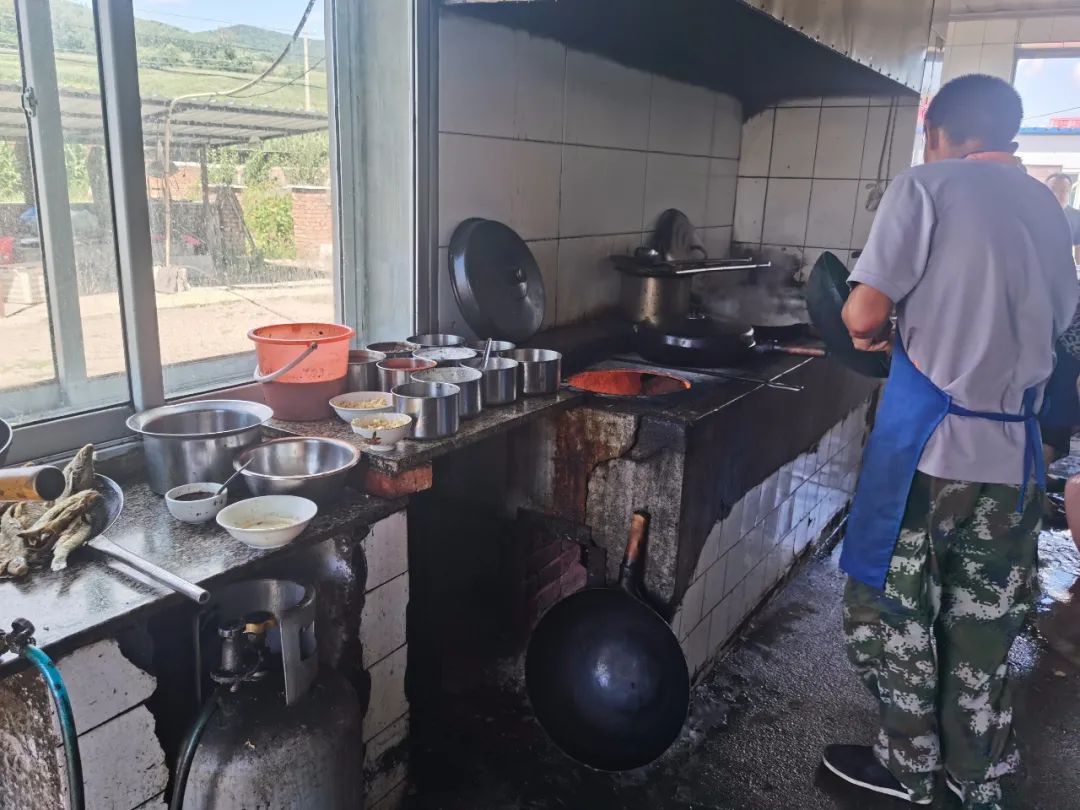

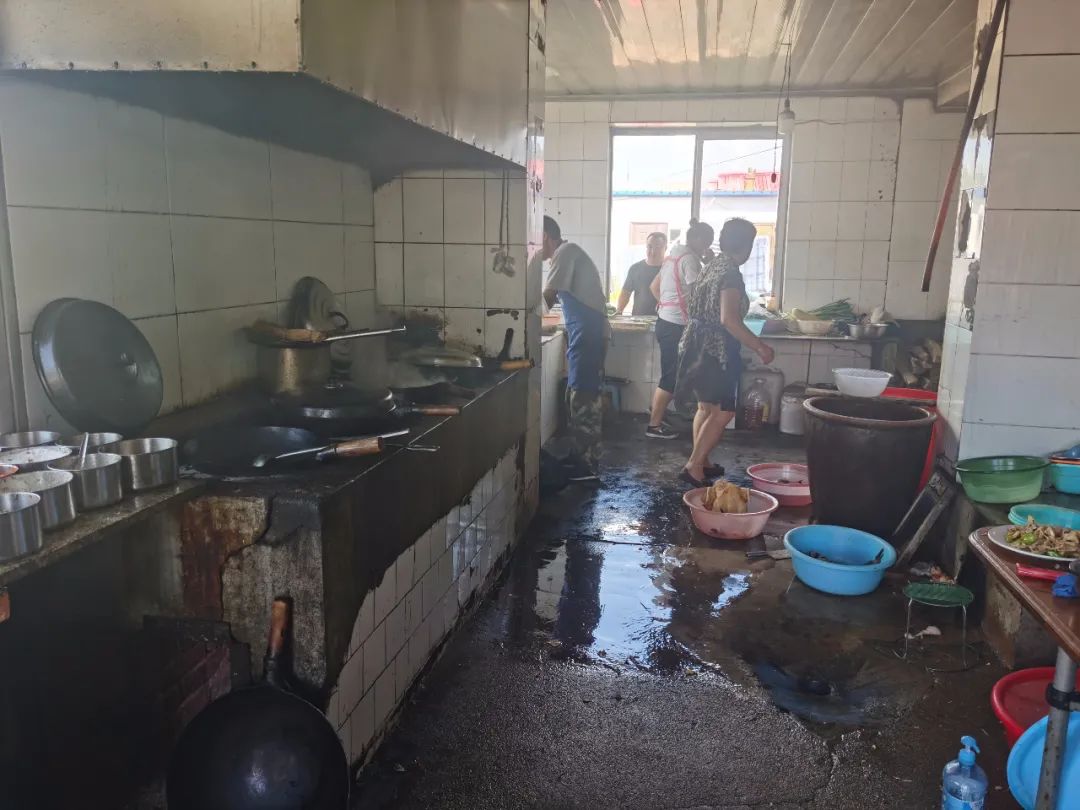
It takes at least an hour to stew the fish. In fact, this method takes longer in the city, but the selling point here is the live fish, and customers must see the fish before cooking, so the time can only be shortened. While waiting, I looked around and carefully visited the simple and busy kitchen. The stove was burning firewood, which is said to taste better with firewood. The small fish next to it was fried in LPG tanks.
The economic ecology is very interesting. While customers are waiting, there are always vendors selling various local specialties, and there is always something to be gained. They can also be regarded as a parasitic industry for restaurants  .
.
After lunch, our goal is the Qingling Scenic Area nearby.
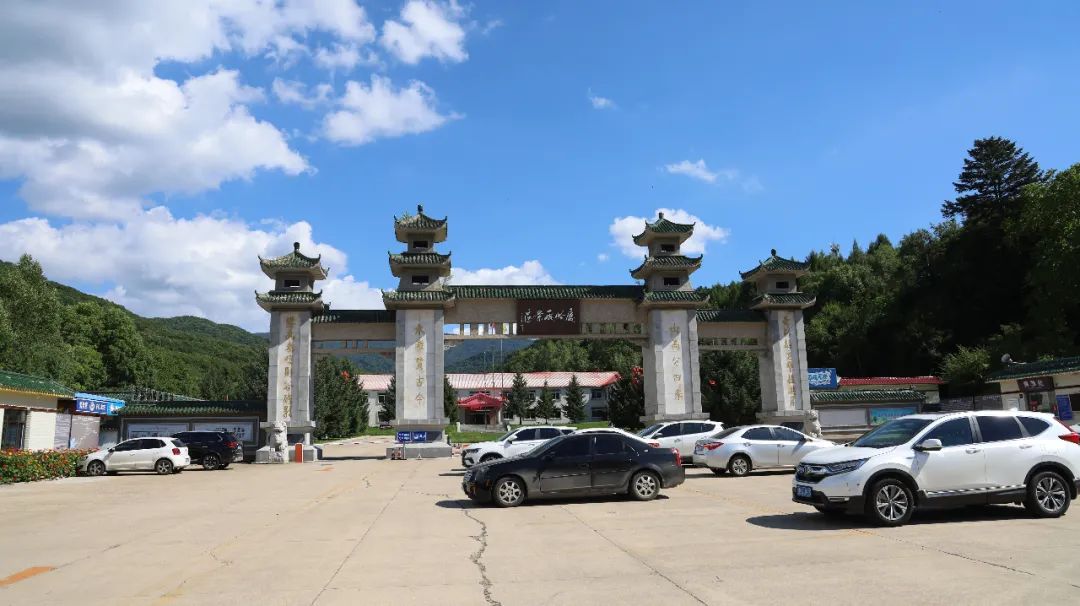
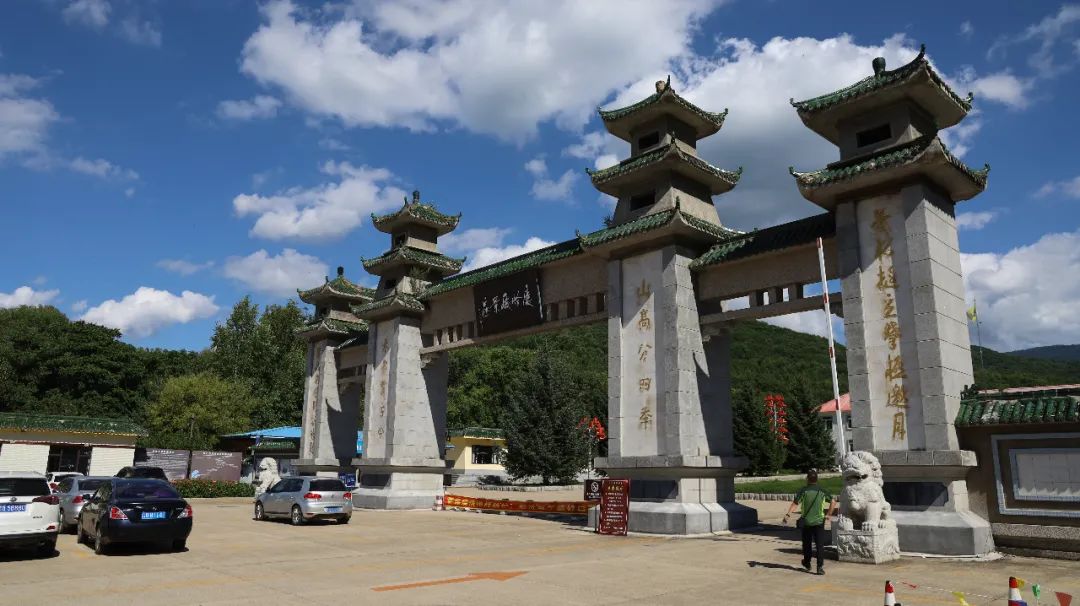
Arrive at the gate. The ticket price is quite expensive, and this is part of the Lafa Mountain Scenic Area.
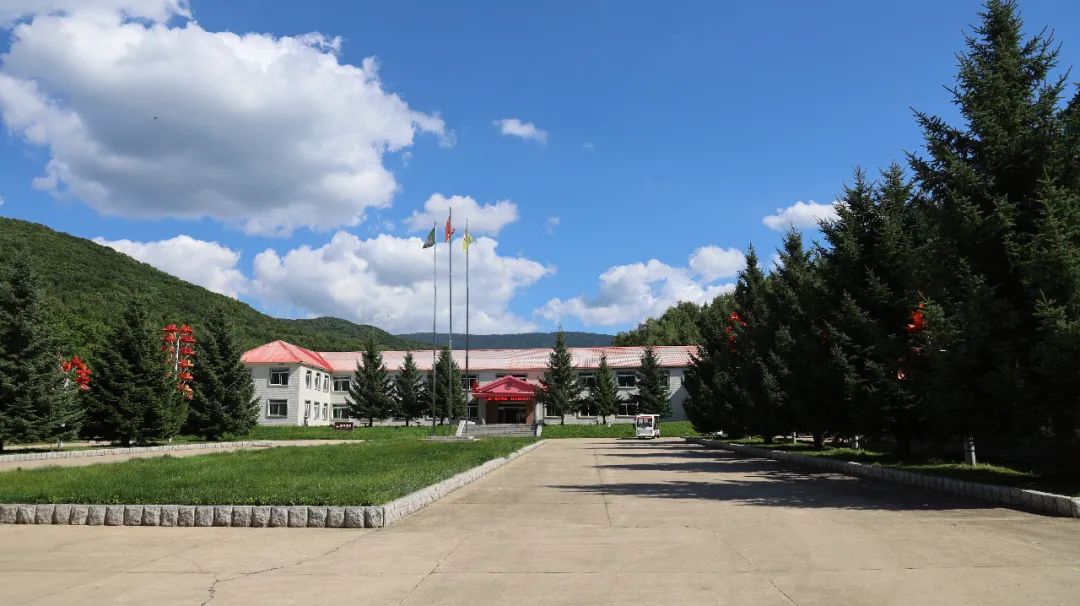
After entering, you have to take a sightseeing bus and continue forward for several kilometers.
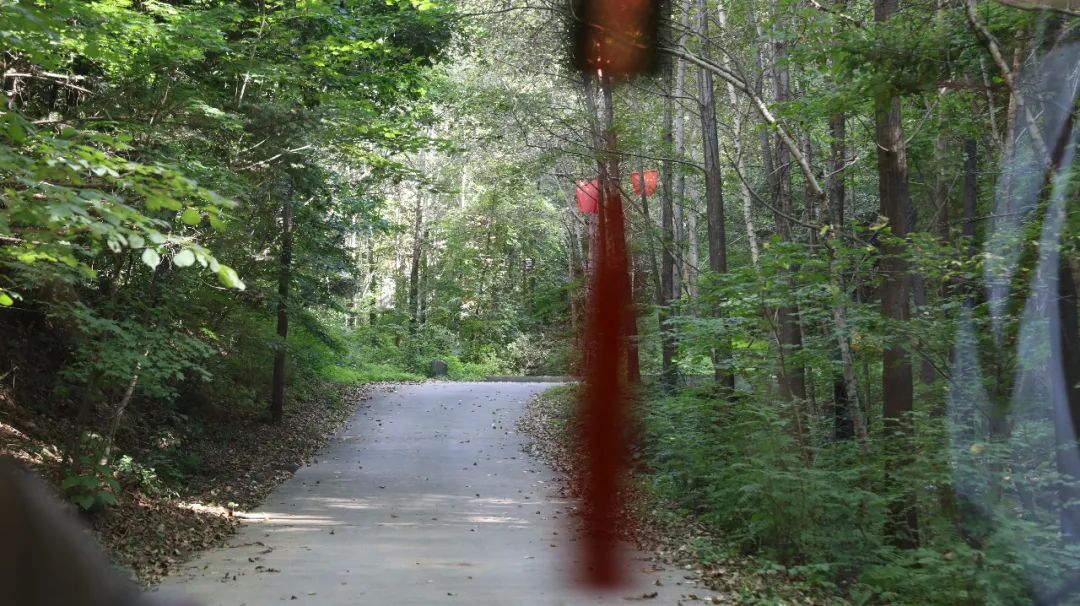
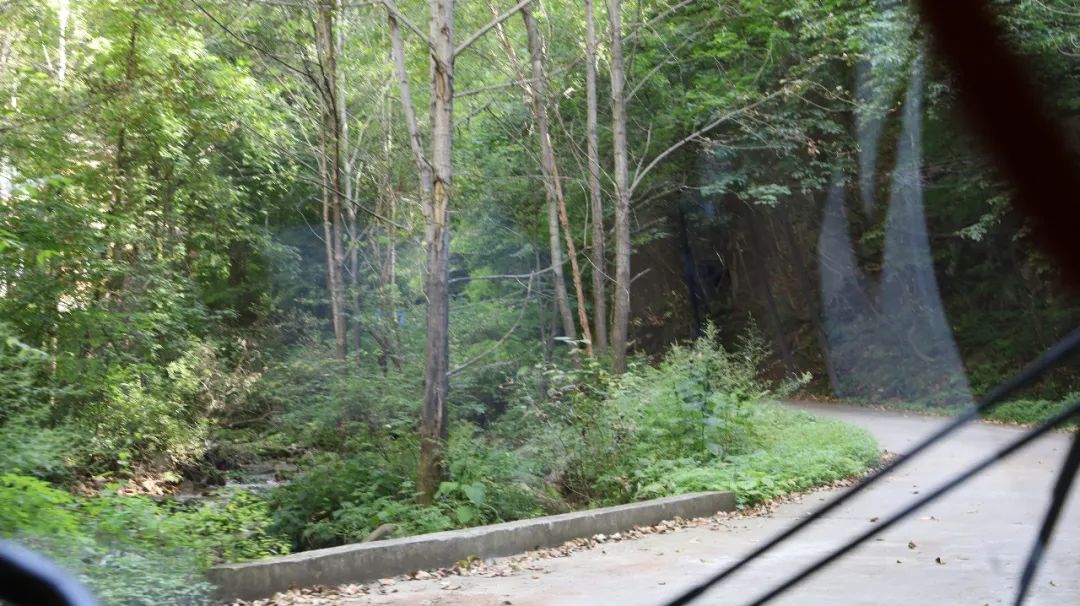
The sightseeing bus travels along this path.
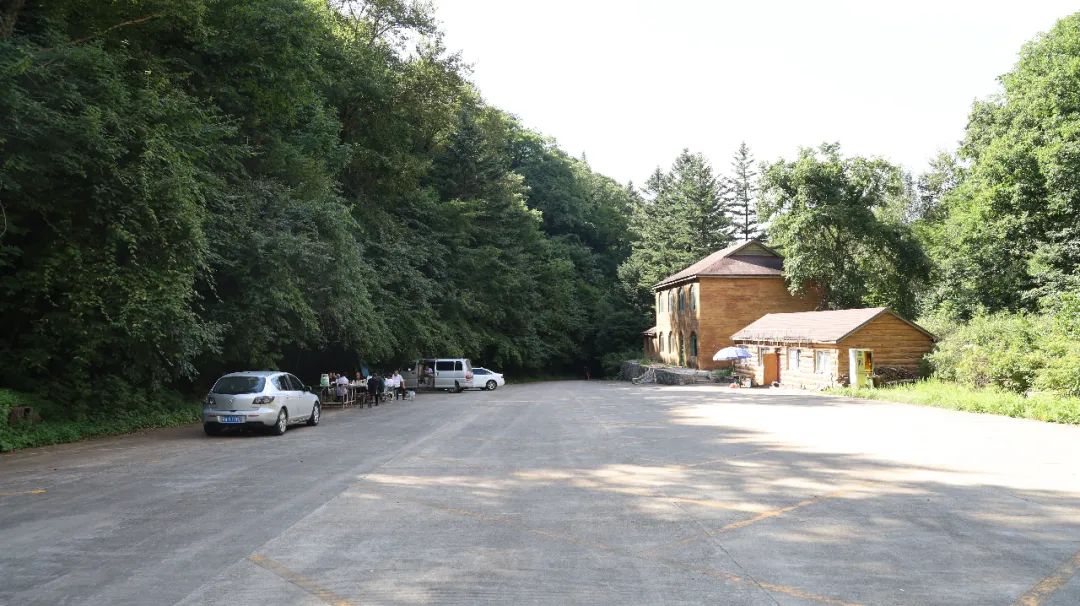
reach destination. From here it's time to walk, which should probably take about thirty minutes.
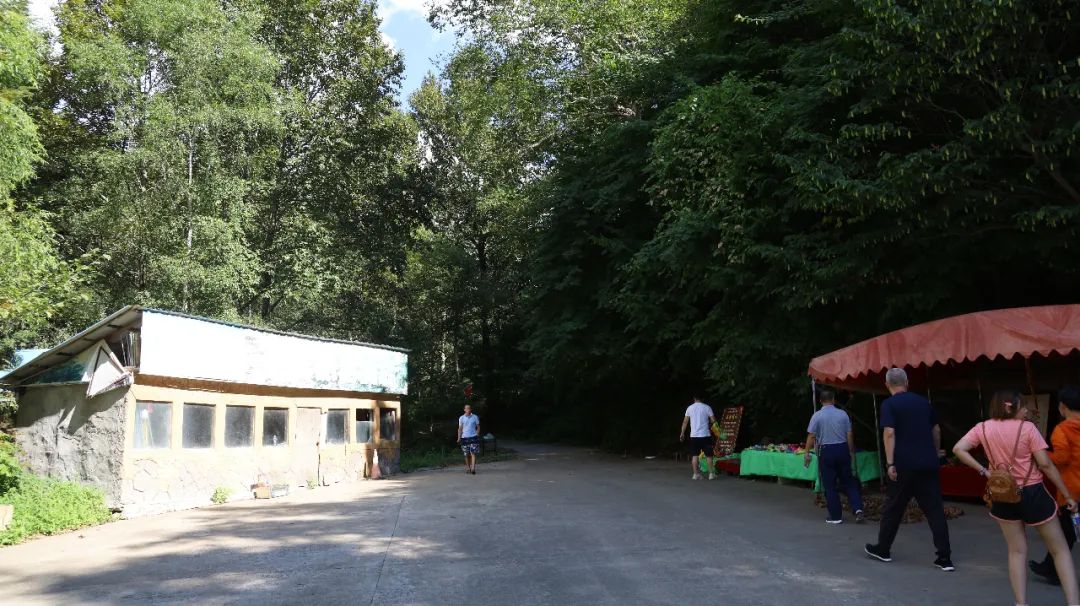
Start moving forward, this feeling is a feeling of being close to nature, walking through the forest (it seems like it was the same yesterday  )
)
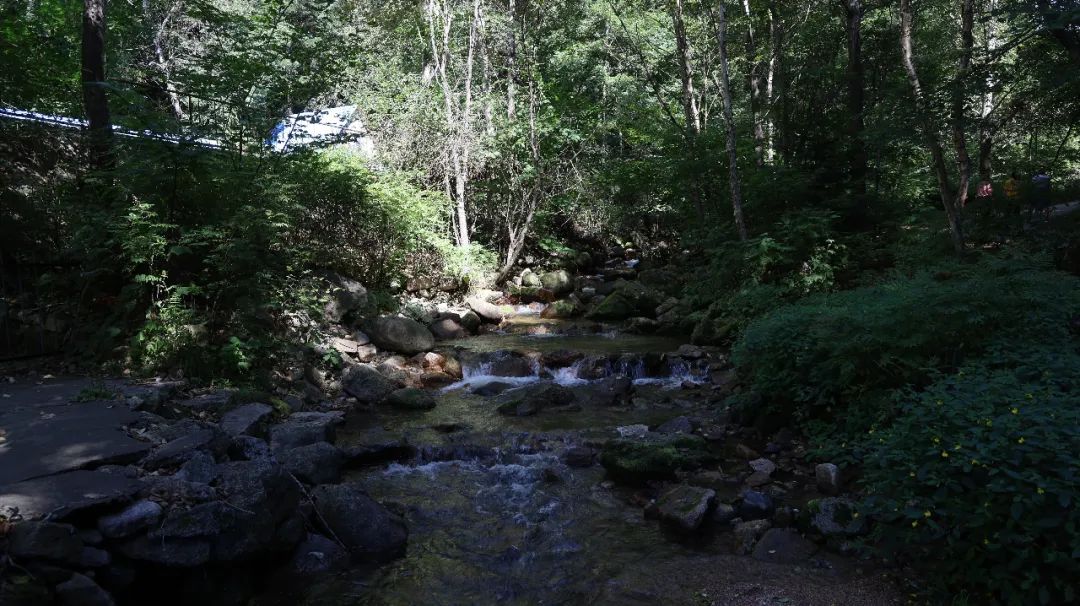
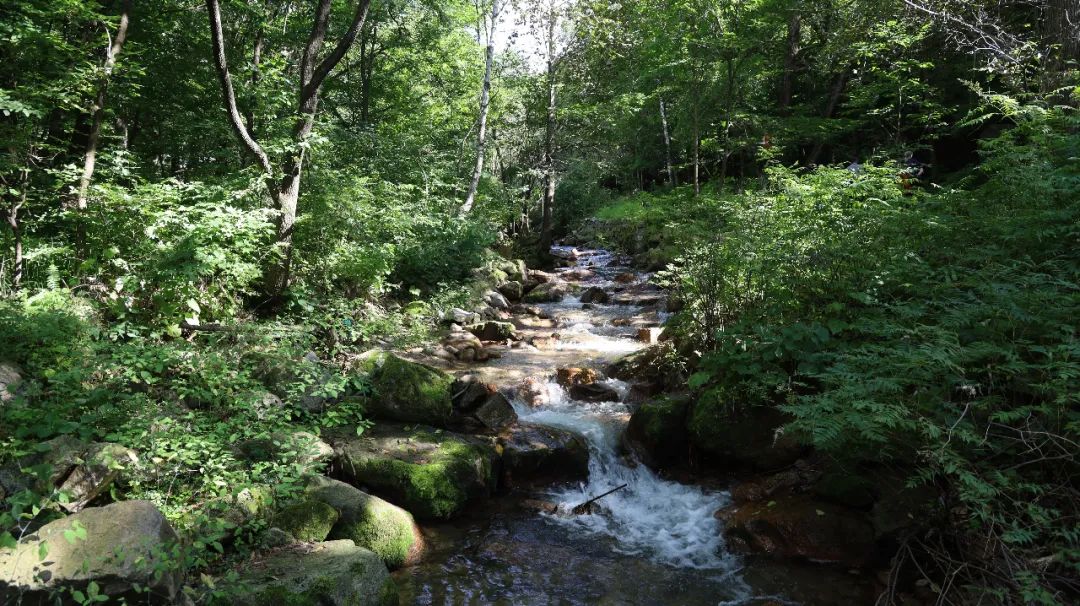
The stream on the roadside is gurgling!
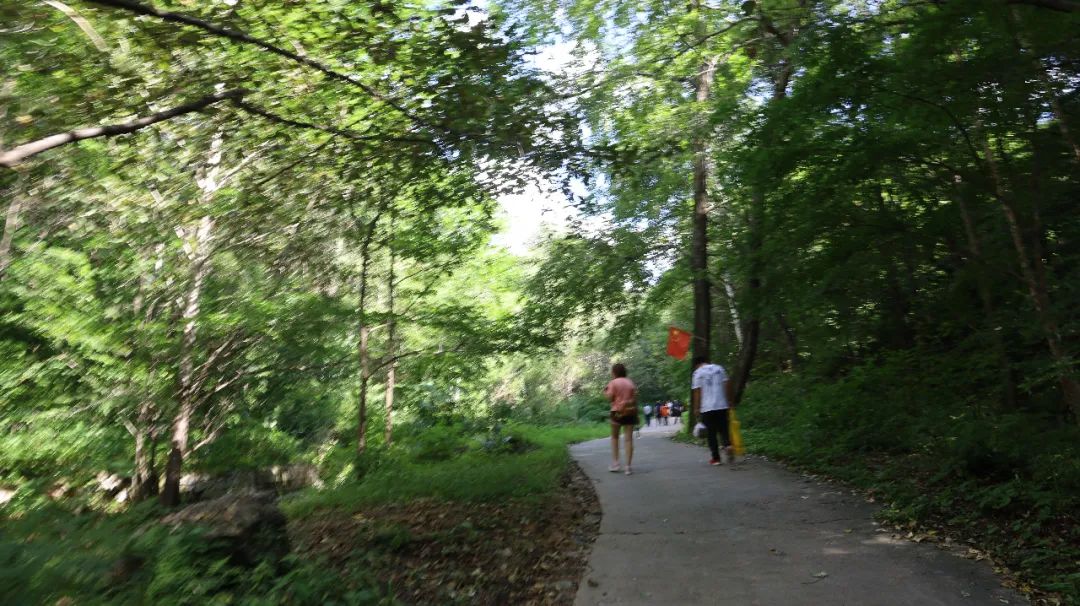
The path leads to a quiet place, and the trees are very cool, but it is still very hot outside the gate.
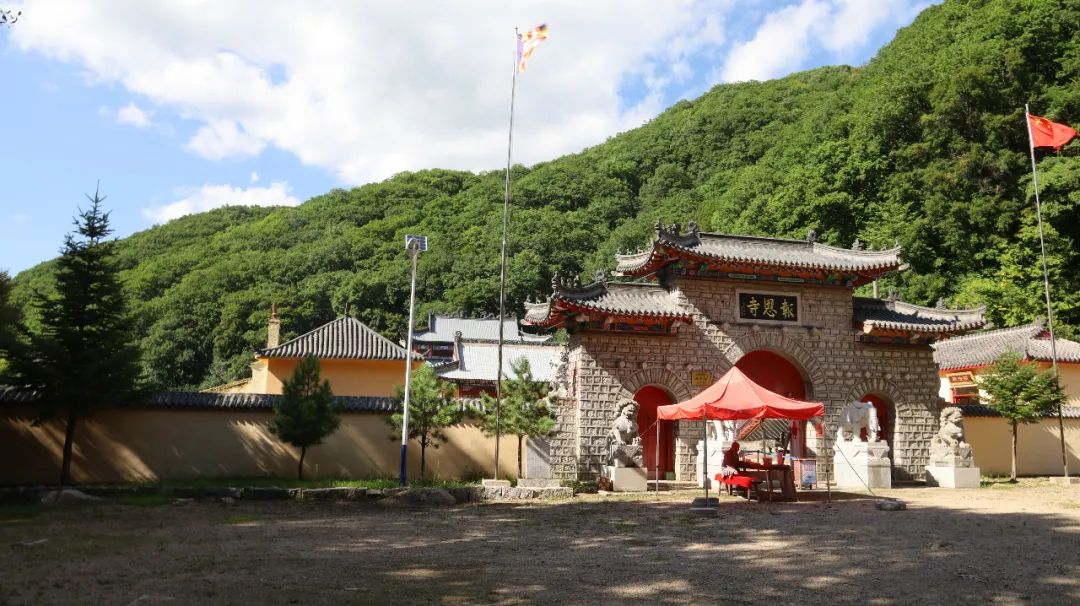
There is a "Repaying Enemy Temple" inside. Repaying Enemy TempleThe name of the temple comes from the four favors that Buddhist monks repay. These four favors are: repaying Buddha's favor, Buddhist monks achieve enlightenment and liberation, and show the world's things "Miaoyou" is of great use, and you will gain truthful wisdom; repay the kindness of the country, the country will reform and open up, develop the economy, the people will be prosperous, and there will be more people who believe in "doing worldly things with worldly feelings"; repay the kindness of the party, The party's religious policies are implemented to provide monks with a living and social environment in which they can repent and practice kindness to the Buddha. They should repay their parents for their upbringing. Filial piety is the beginning of all good deeds and they should never forget to repay their parents' kindness. Baoen Temple is divided into an upper courtyard and a lower courtyard. The upper courtyard is Baoen Temple and the lower courtyard is Ci'en Temple.

I don’t know who built a Guanyin statue here.
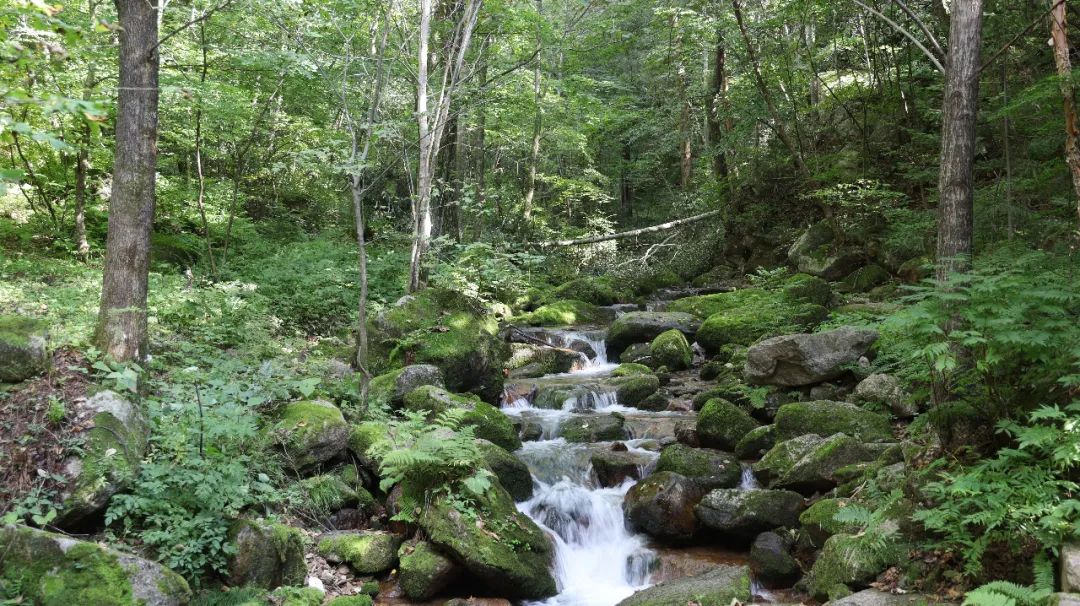
Finally we reached Qingling Waterfall. Qingling Waterfall is the second largest waterfall in Jilin Province, with a drop of 37 meters. The waterfall rushes down the stone cliff, roaring and shooting silver beads, covering the valley with a layer of white mist, adding a sense of mystery. Looking from the top of the mountain, you can see strips of white water hanging between the green mountains and valleys. The river turns around among the rocks, splashing waves, forming mist, and setting up rainbows in the mountains. It is very spectacular. Qingling Waterfall Group has gurgling water all year round, with silver ribbons of green beads in the full water and ribbons hanging in the dry water.
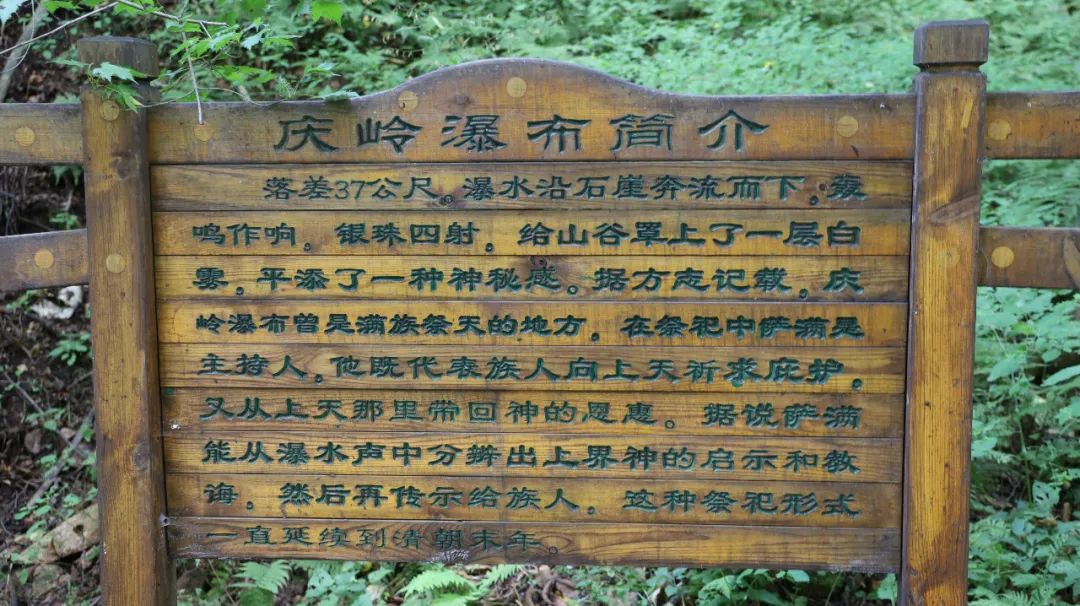
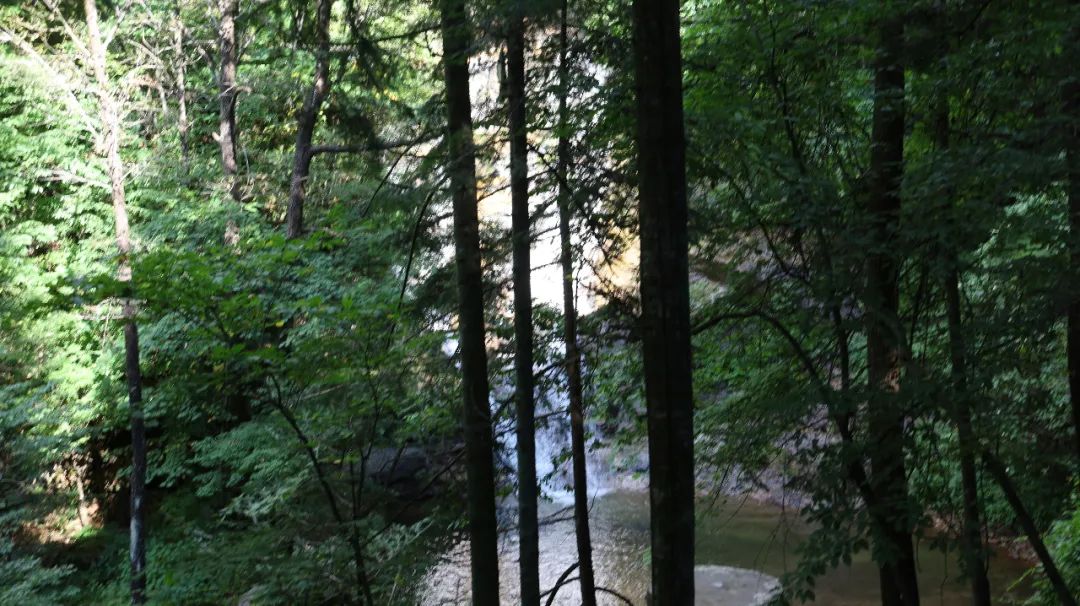
Under the cover of the forest, you can first hear its voice and then see its shape.
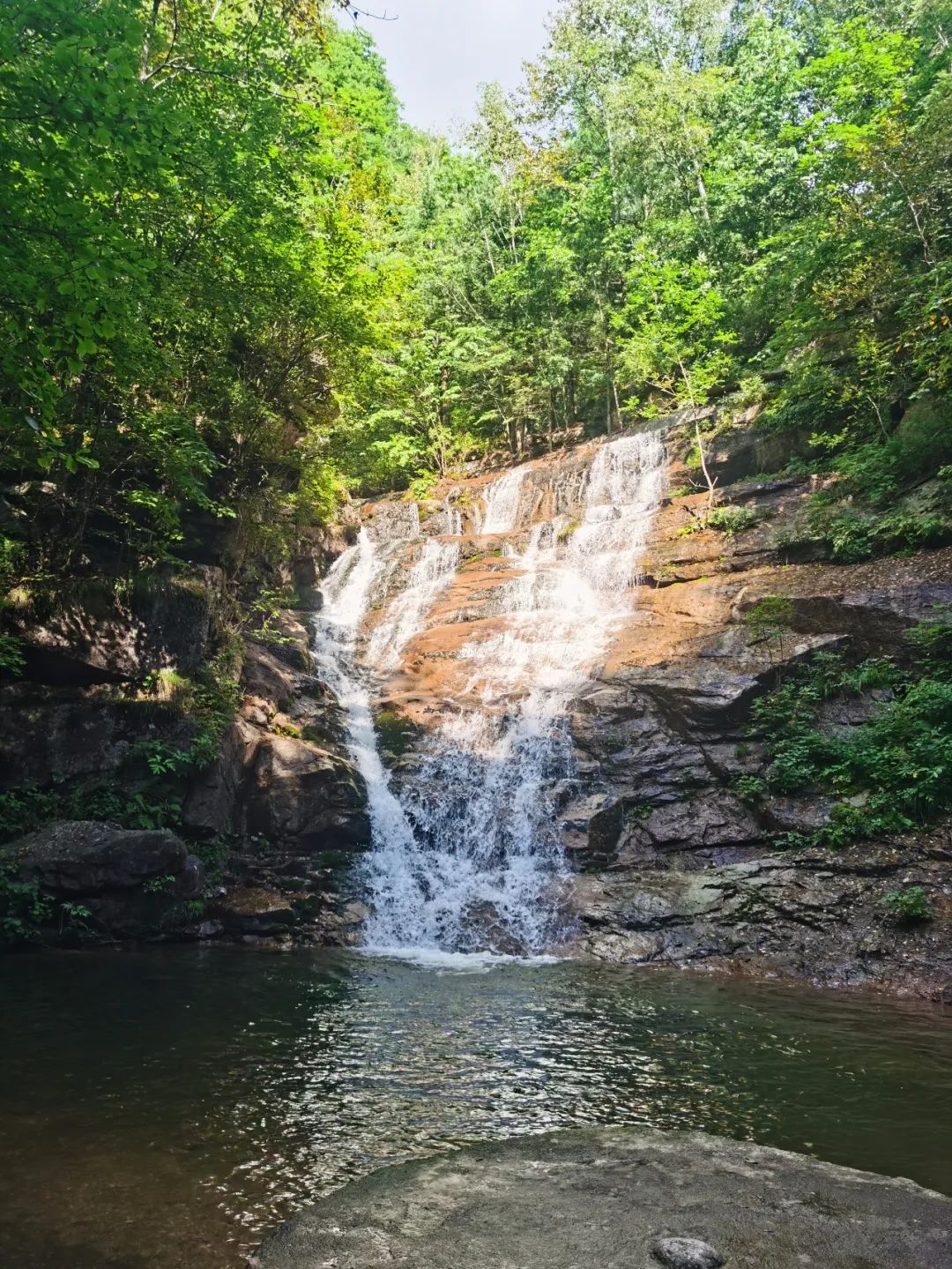
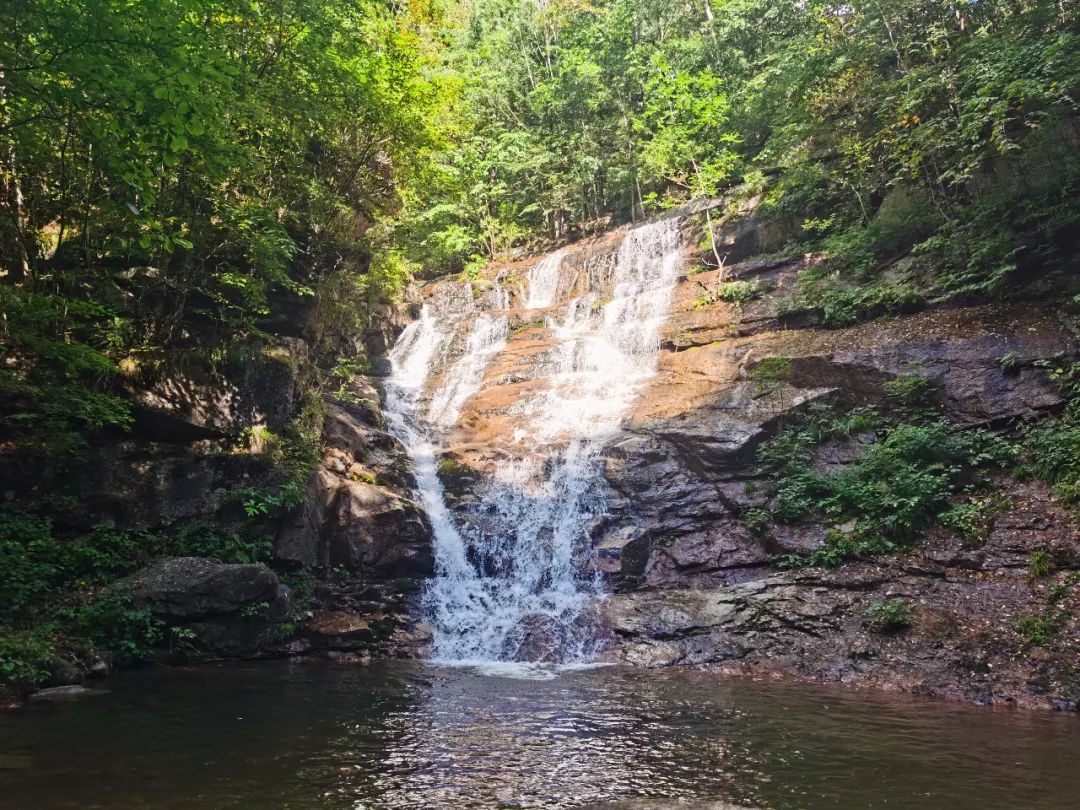
Go down a set of steps to the lower part to see the full view of the waterfall.
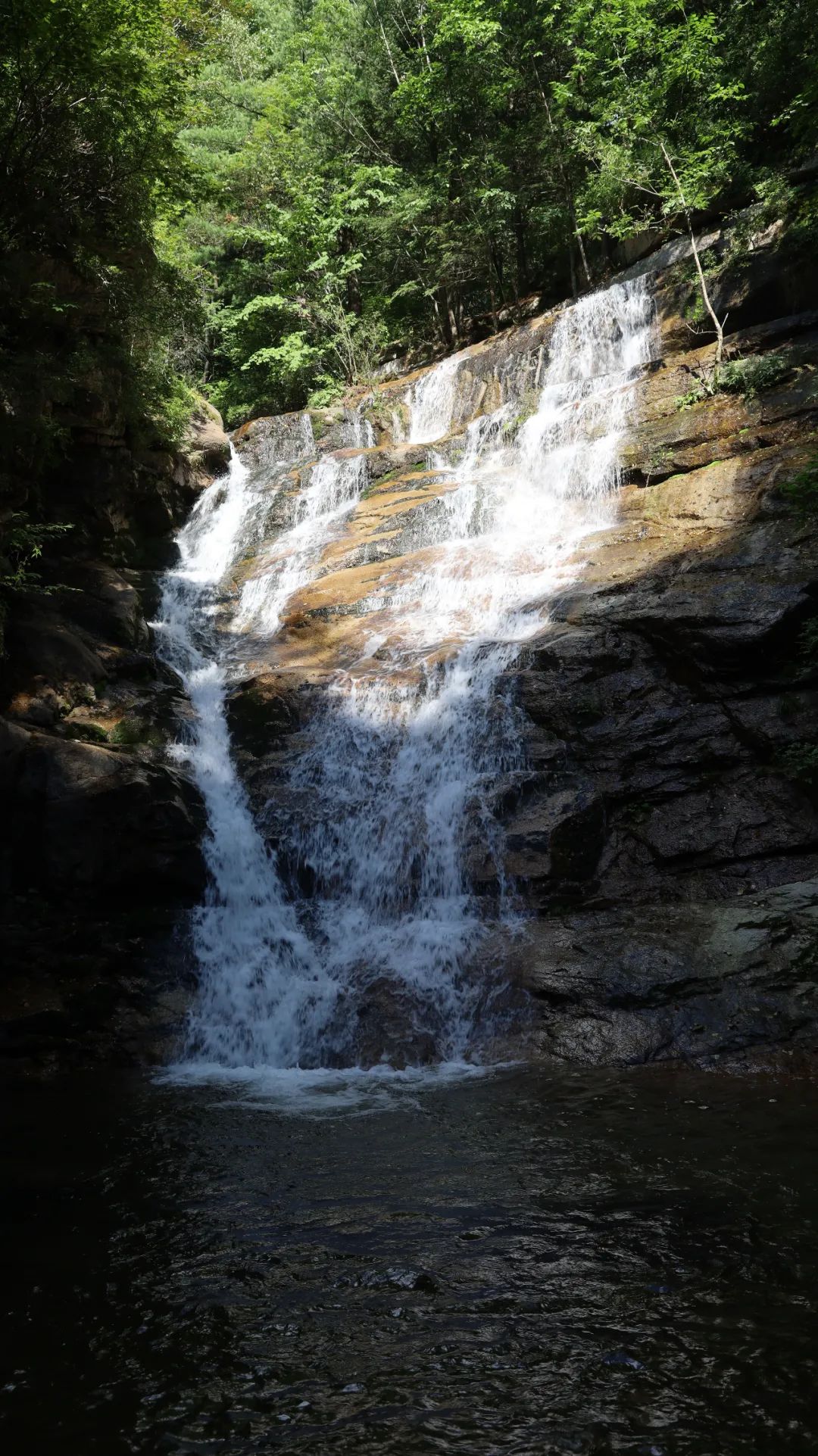
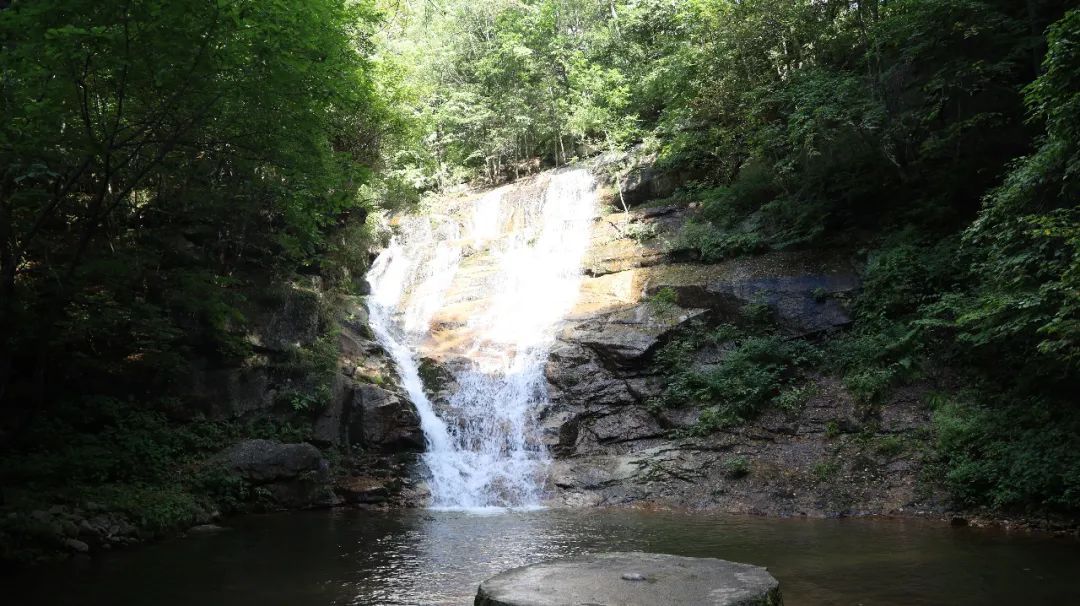
Mobile phone cameras take turns.
It's better to be popular.
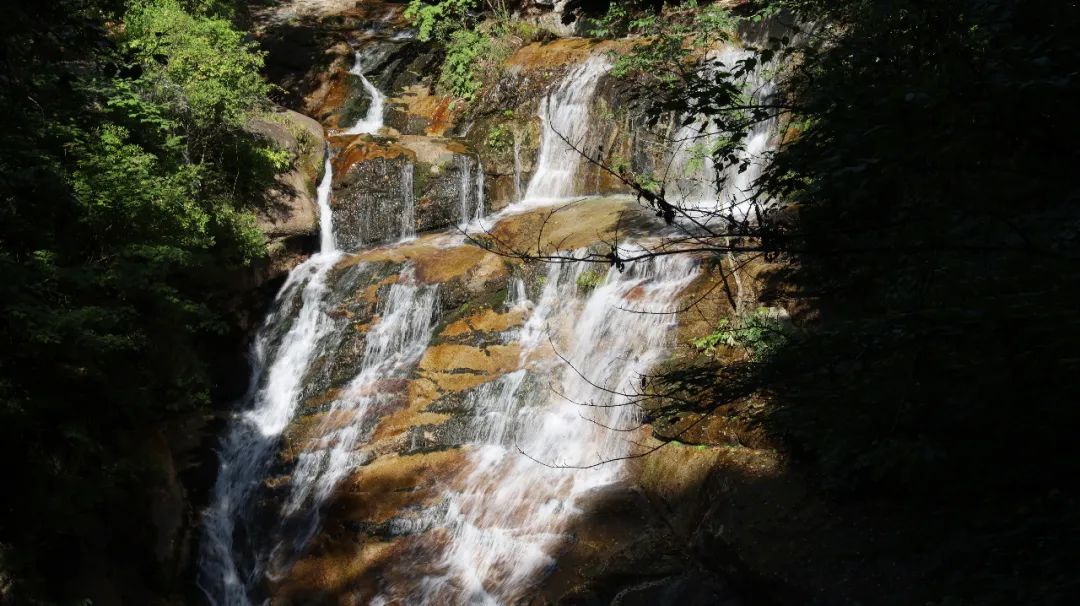
Return and continue along the trail.
There is a plank road with different heights at Qingling Waterfall, which is also called "Wood Street". The trees, flowing water, strange rocks and cliffs on both sides of the wooden street form a beautiful picture.
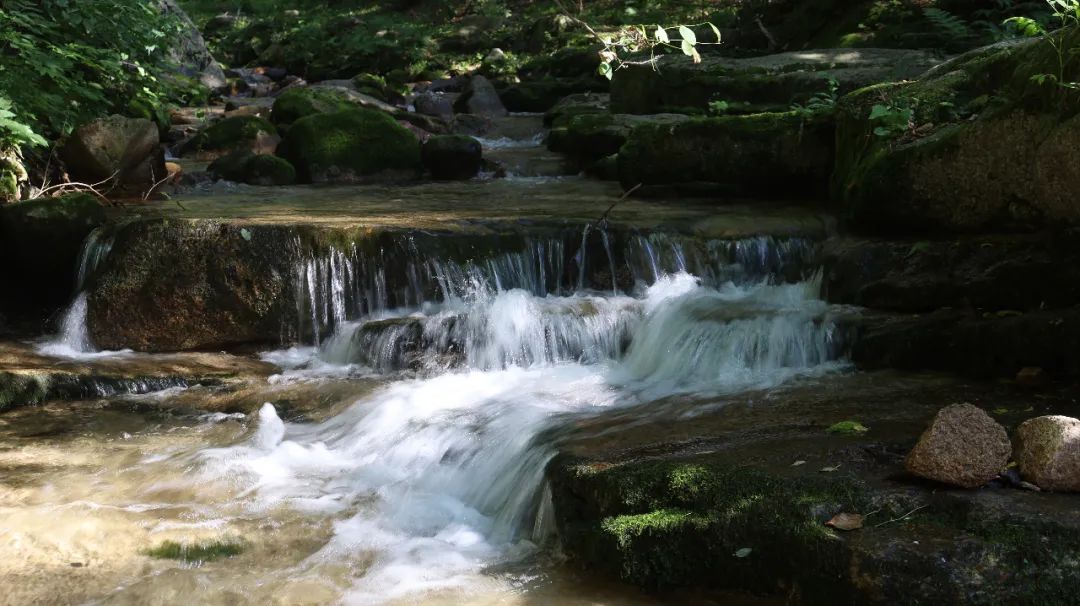
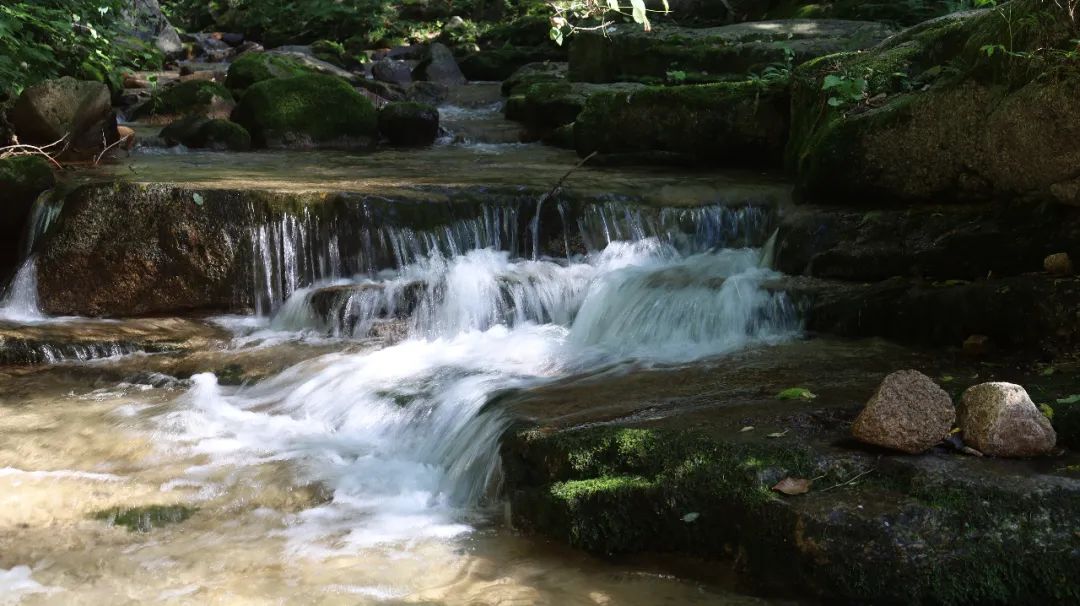
We took a detour to the top of Qingling Falls, and the water flowed like this.
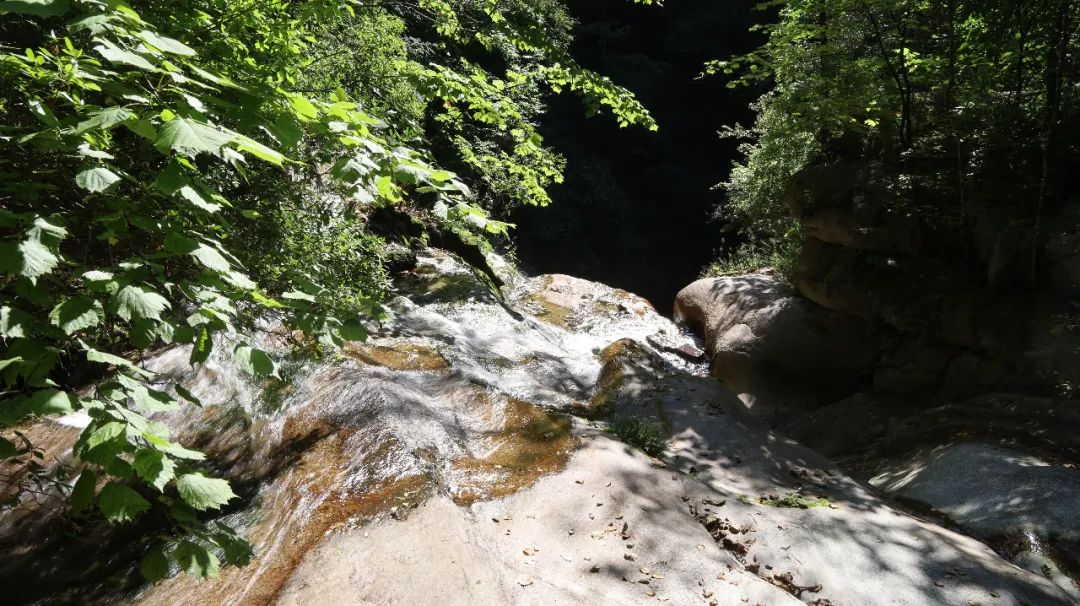
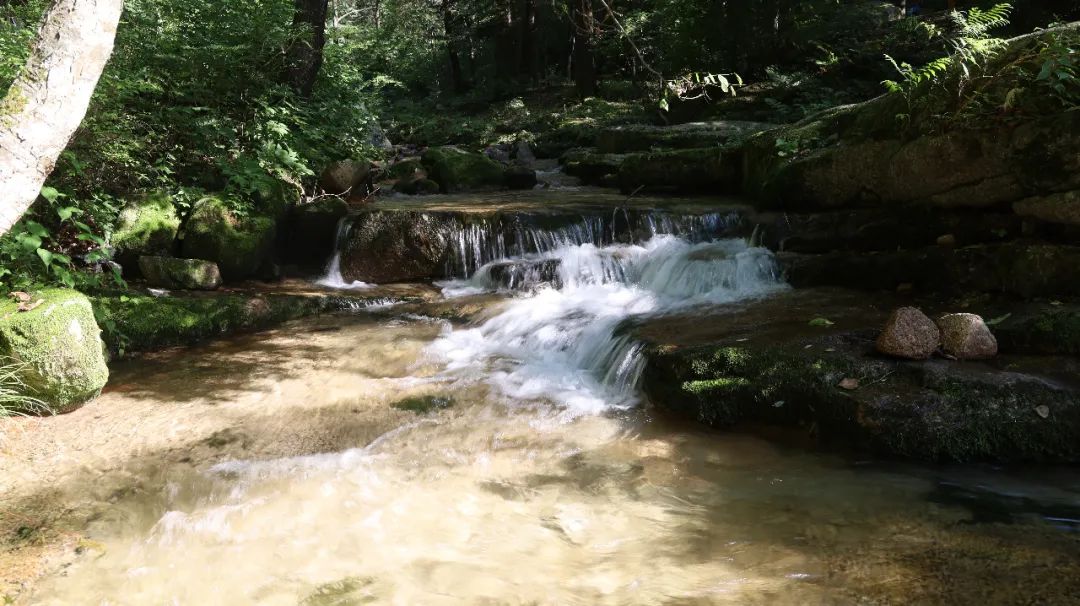
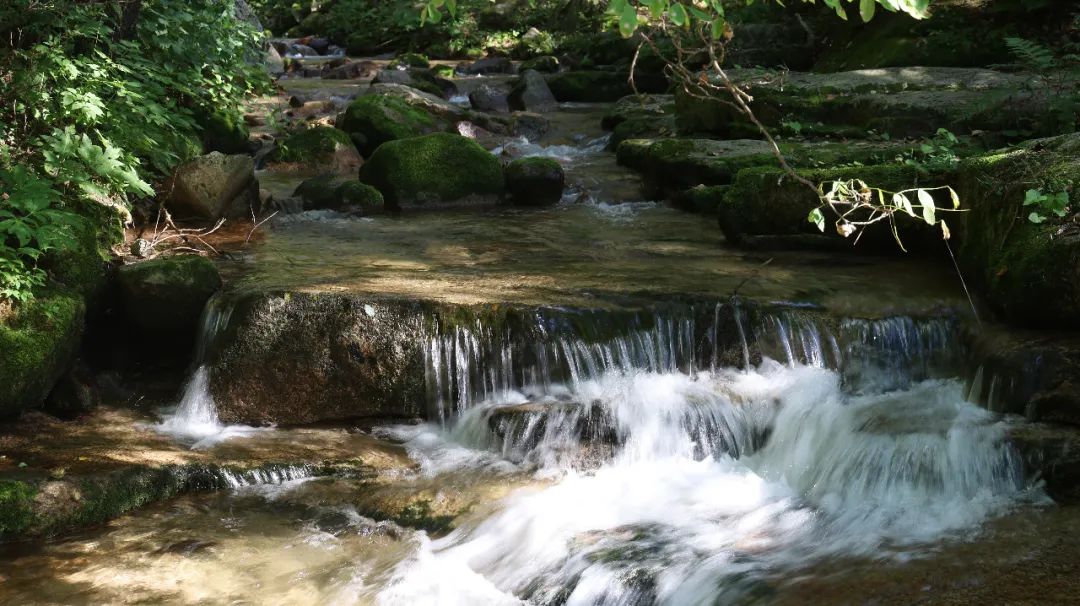
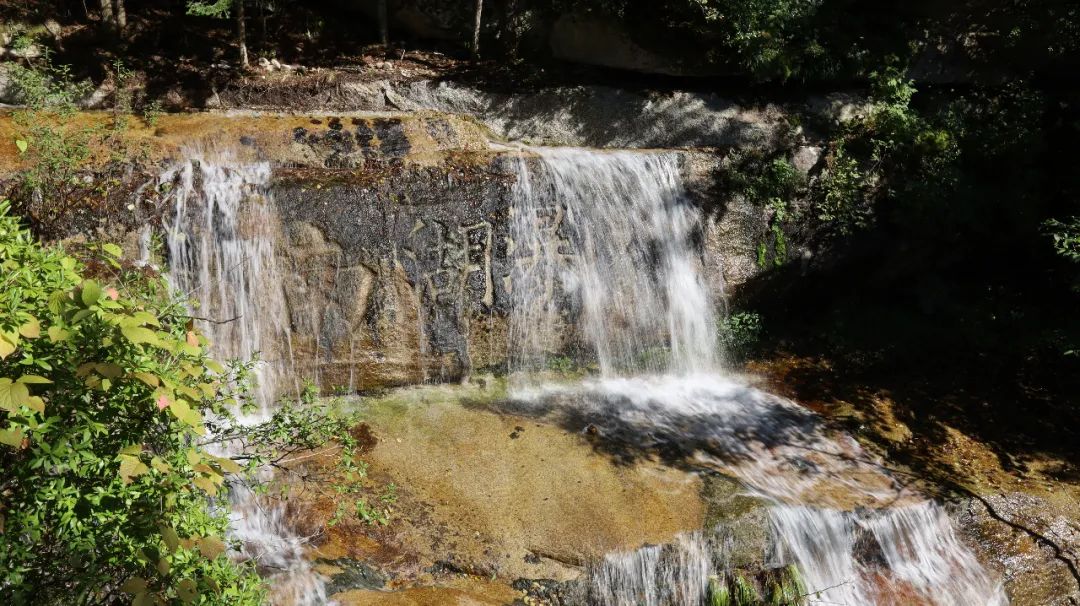
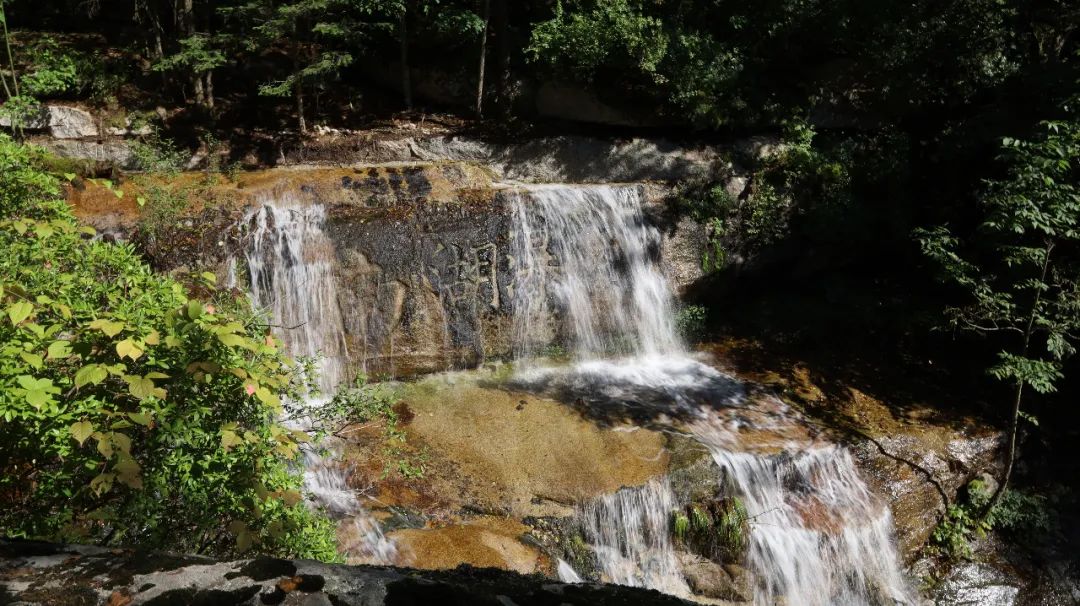
Looking closer, there is actually a word on it, called Nanhu Waterfall, but this is the Qingling Waterfall I just saw below.
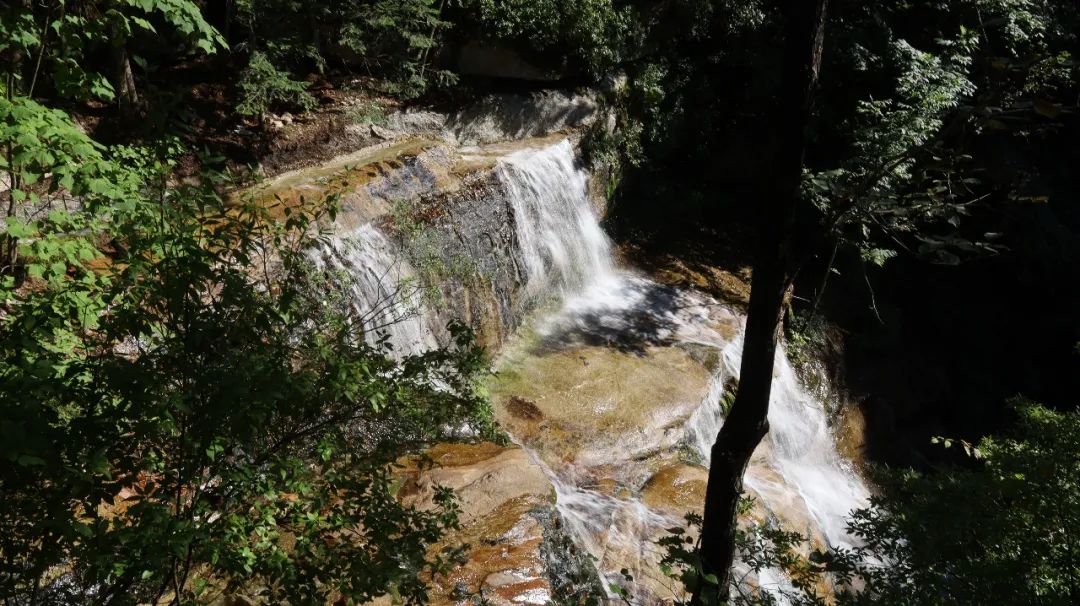
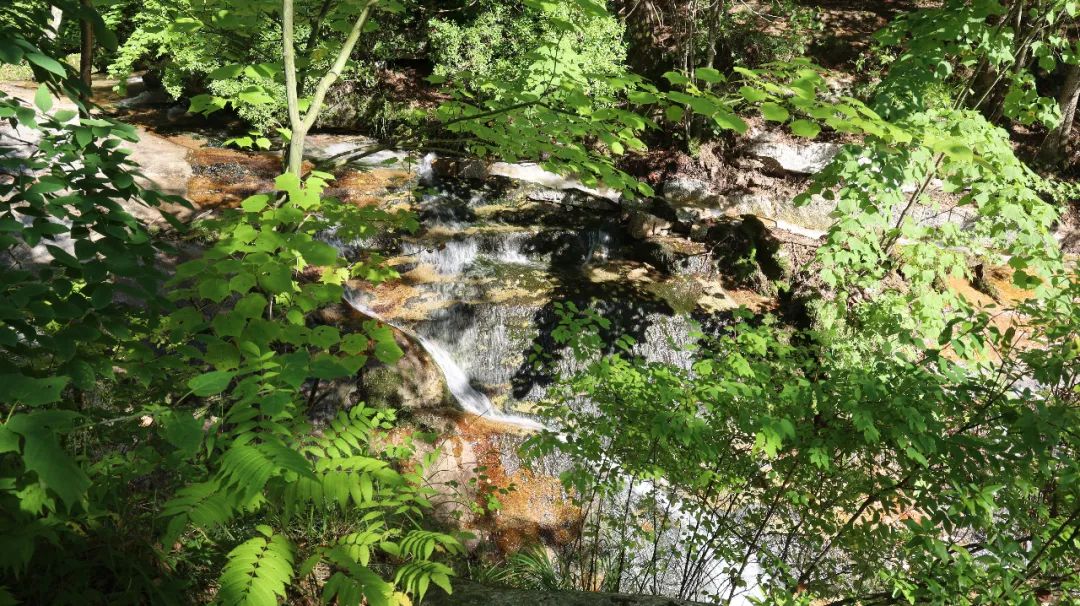
Just let it flow down.
Continuing up the wooden street, the next waterfall is called Wolongtan.
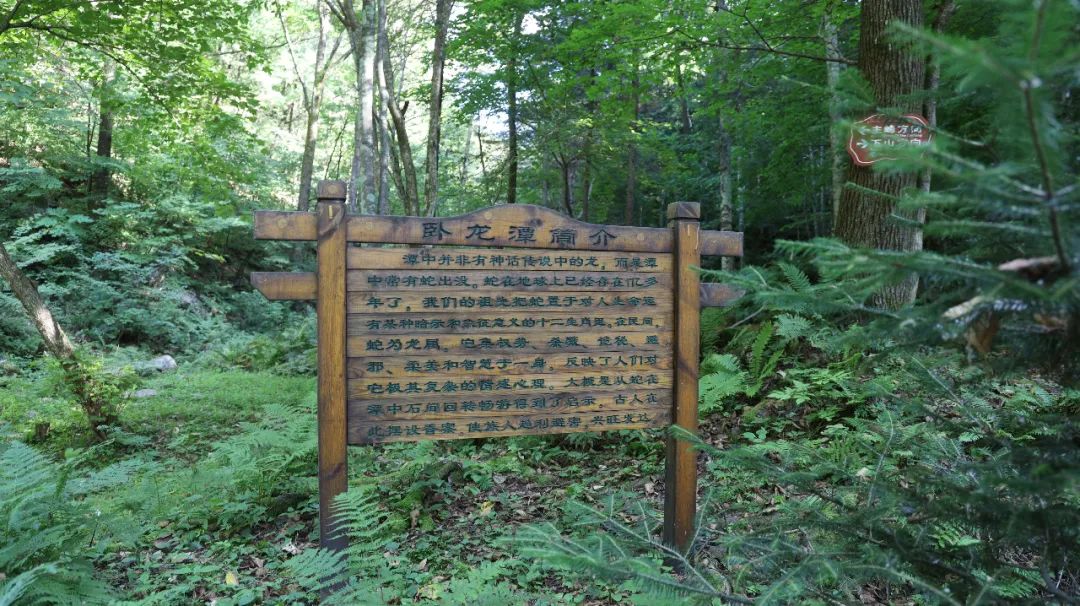
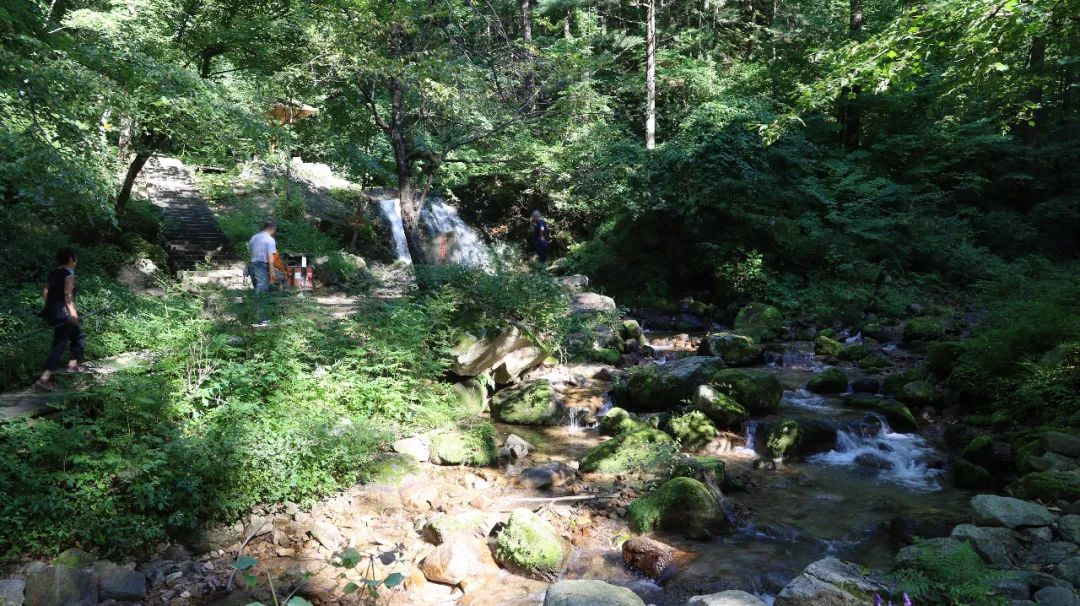
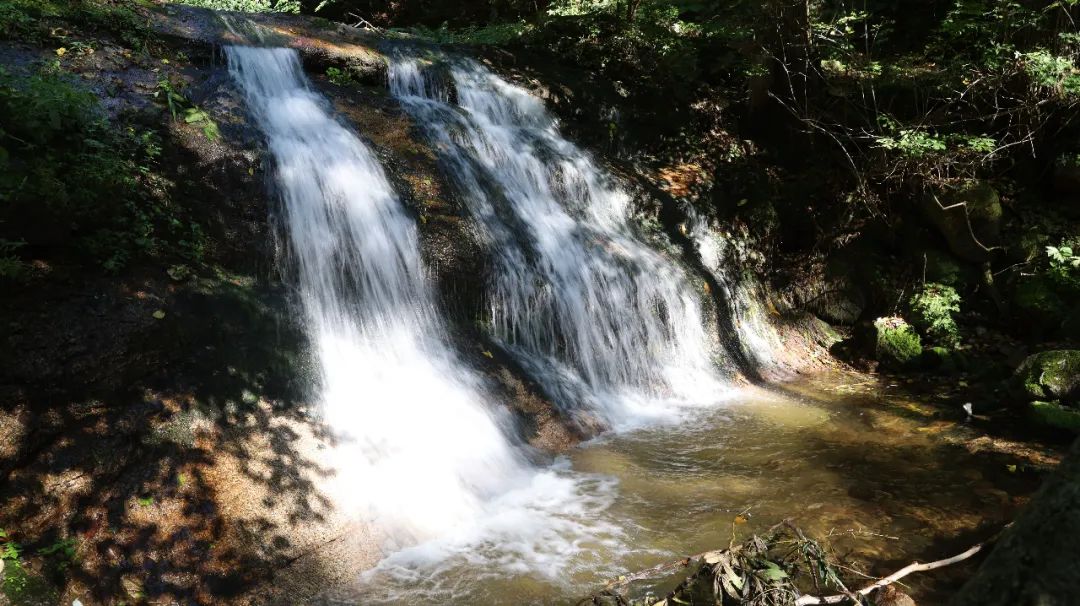
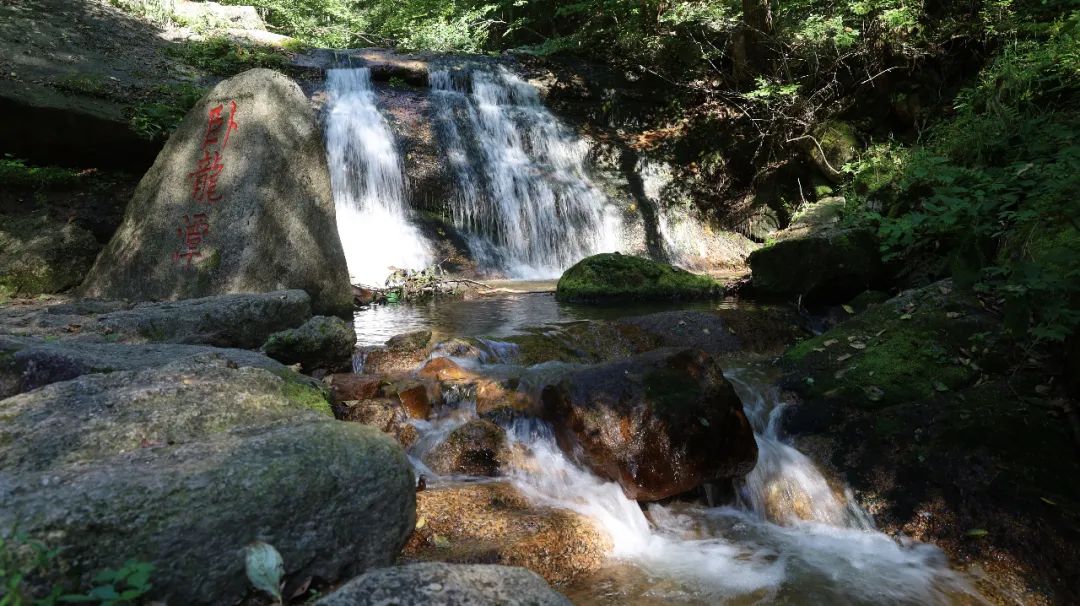
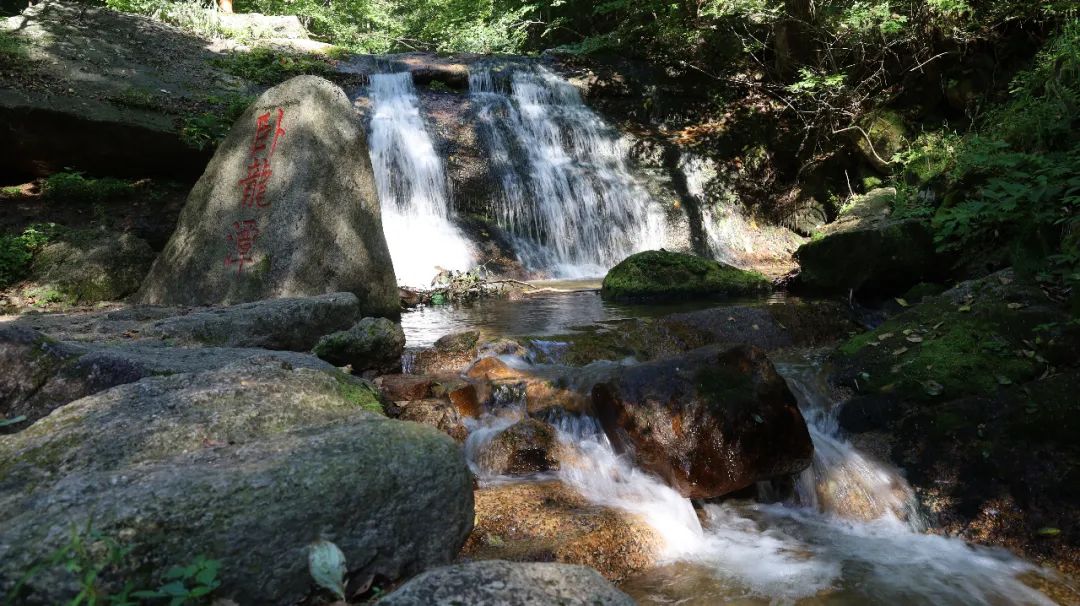
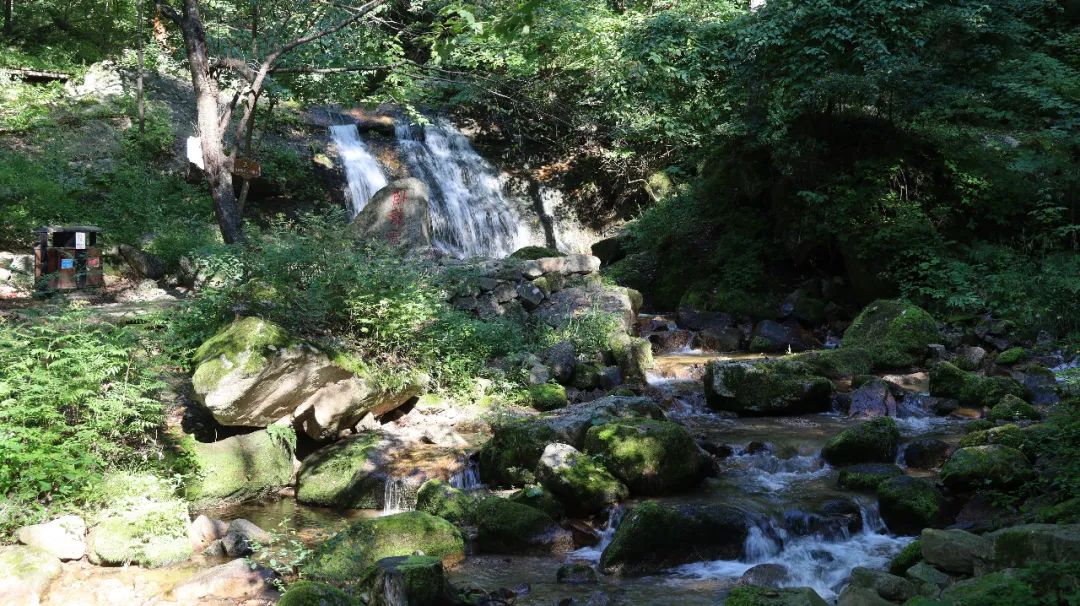
We can continue going up here, but we have just seen the main places, so we start walking back. It takes about half an hour to get to this place.
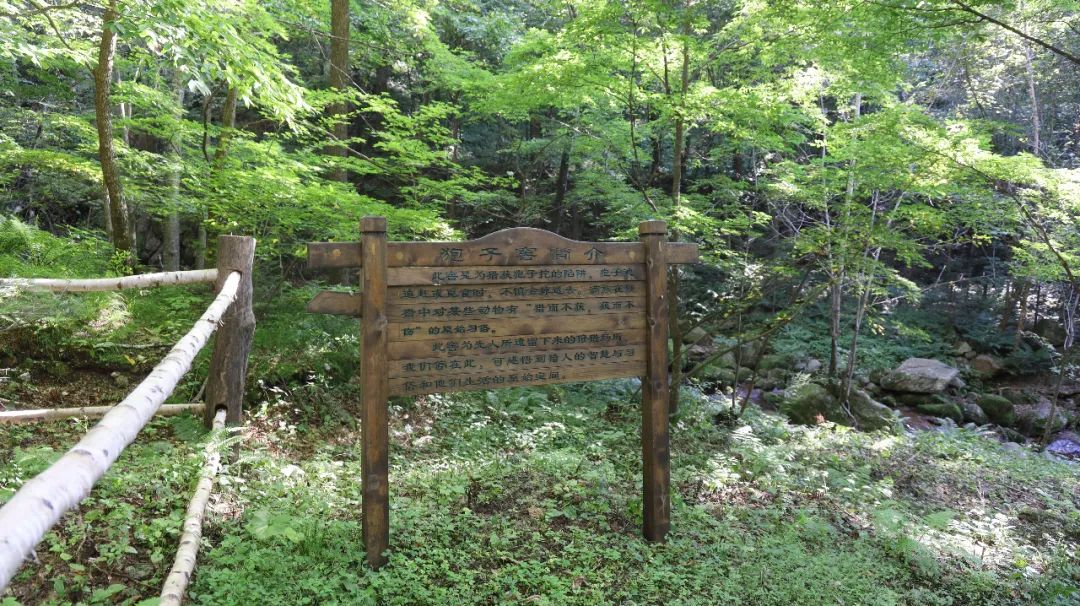
I also saw this on the way back. It was actually a deep pit, which must have been man-made and designed for catching roe deer.
The return journey is similar to the return journey. It is the return journey after leaving the scenic area.
Have a smooth journey! ! !
